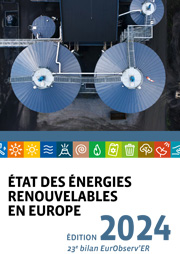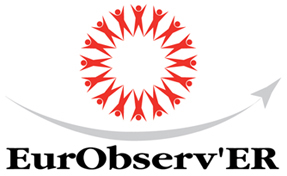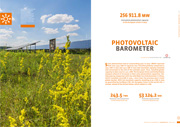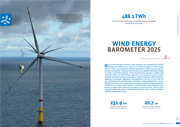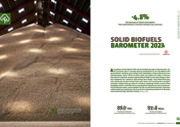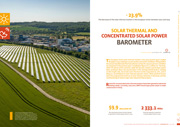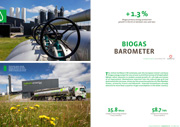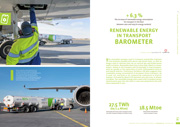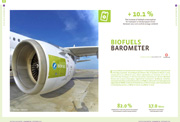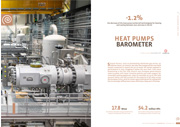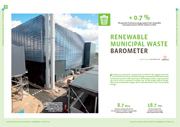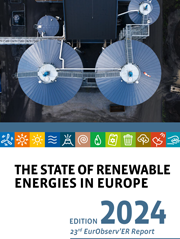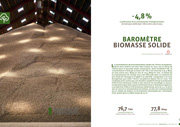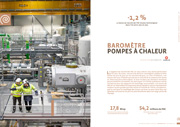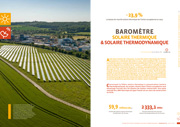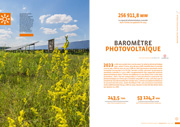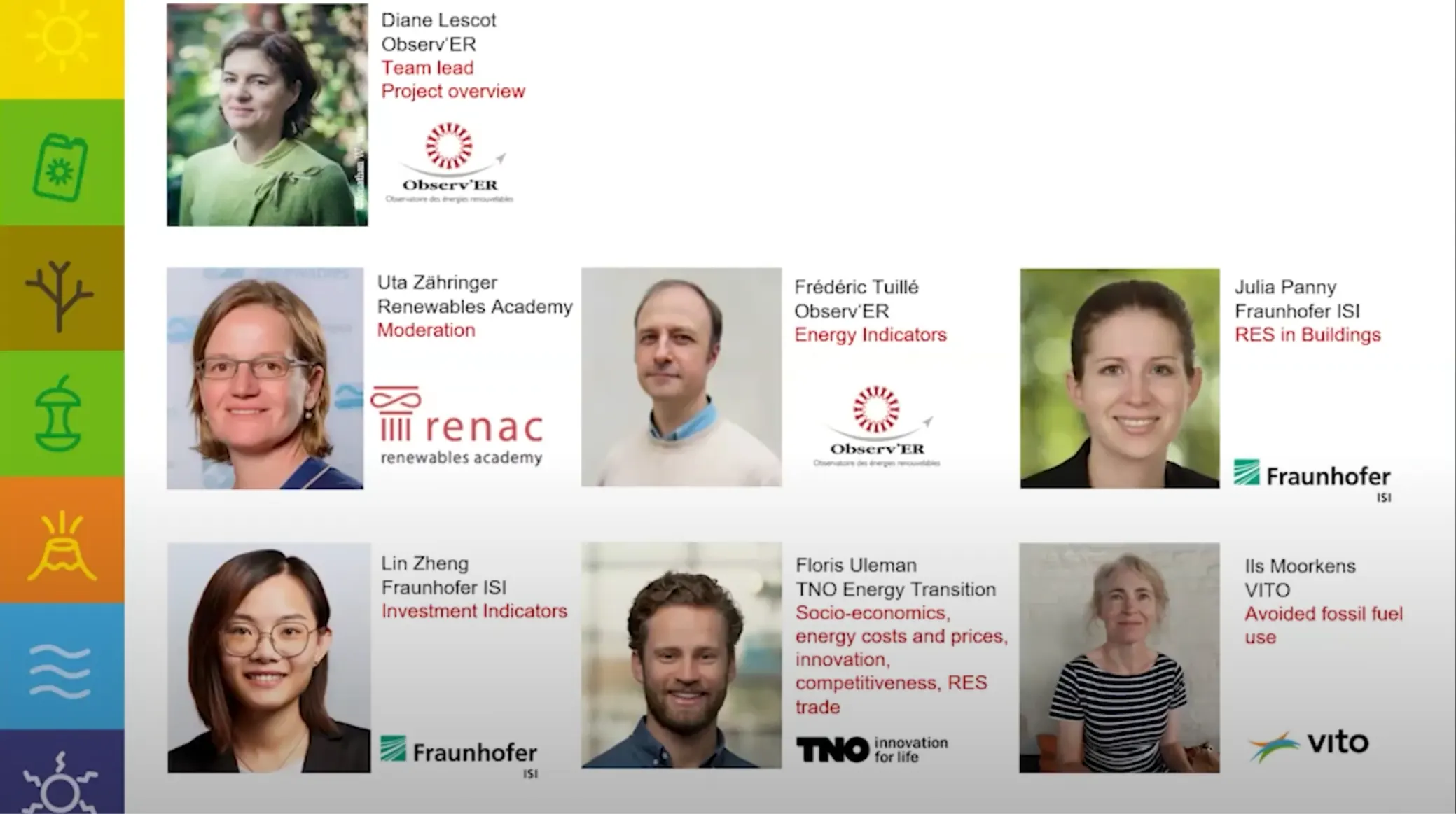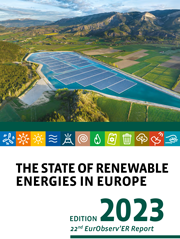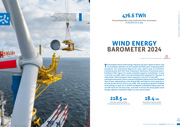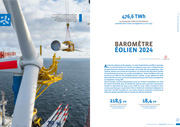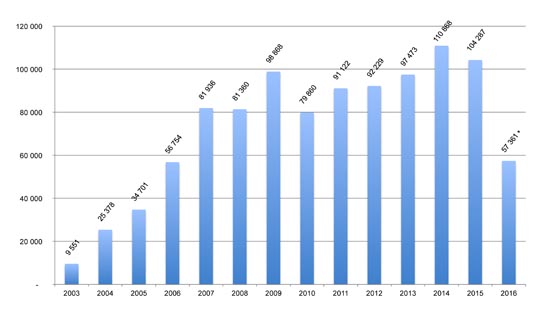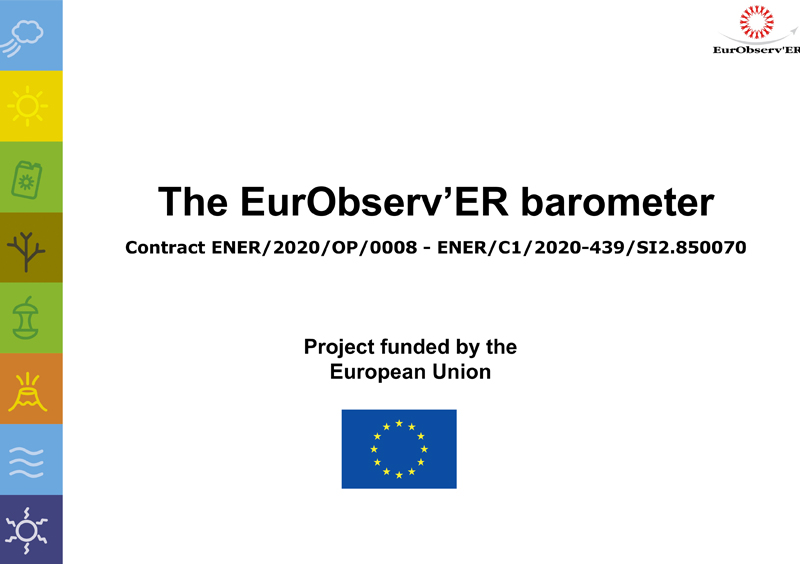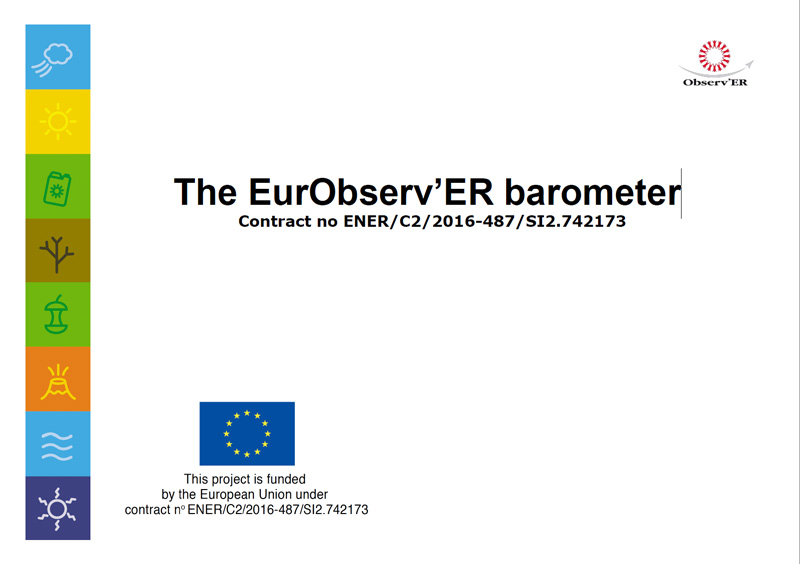256 911,8 mw La capacité photovoltaïque cumulée dans l’Union européenne fin 2023
2023 a été une année hors norme pour le solaire photovoltaïque avec, selon l’Irena, plus de 345,5 GW installés dans le monde contre 199,1 GW en 2022 et 145,1 GW en 2021 (puissance maximale nette installée connectée à la fin de l’année civile), portant la puissance mondiale cumulée à 1 412,1 GW. L’augmentation des capacités solaires photovoltaïques dans l’Union européenne et aux États-Unis a été sans précédent, mais rien de comparable à l’extraordinaire ascension du photovoltaïque en Chine qui a installé 216,9 GW en 2023, soit plus que la totalité du marché mondial de l’année 2022. L’Union européenne demeure le second marché avec, selon EurObserv’ER, une puissance maximale nette additionnelle de 53,1 GW en 2023, devant le marché des États-Unis qui ajoute 27,1 GW.
Télécharger en Français
Download in other languages : 
